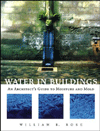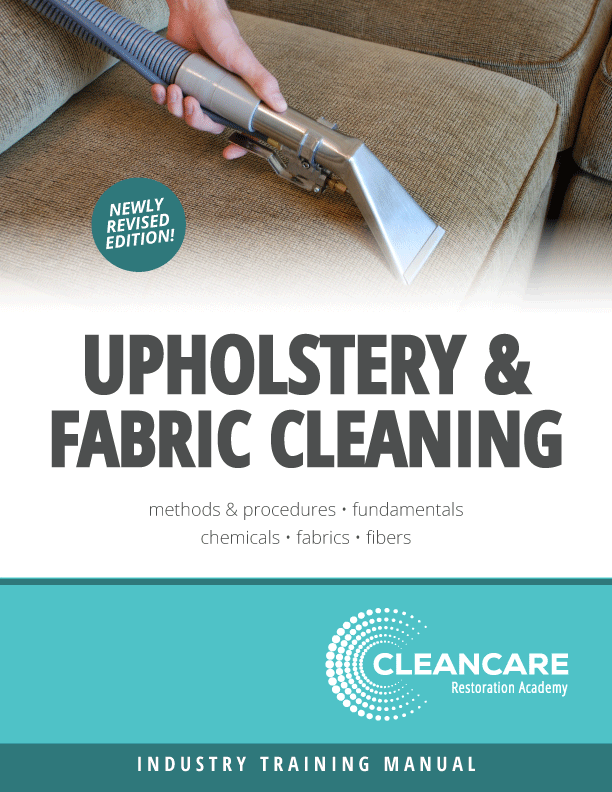Ten years ago, Matt Paxton just needed a job. He started cleaning homes for old ladies who, like him, were perhaps grieving the loss of a loved one. Then he realized, the more cats and boxes in a home, the less other companies were willing to take on the job – and Clutter Cleaner was born. Today, he’s a recognizable face – and knows more about hoarding than just about anyone. He’s one of the main hoarding cleanup professionals on Lifetime's hit reality show, Hoarders: Family Secrets.
Nearly 18 months ago, after fielding hundreds of calls for help a week and having to turn down most of them due to too much work, Paxton went into partnership with ServiceMaster Restore.
“A hoarding job is not like a carpet-cleaning job,” Paxton said. “It might take a year to fix the relationship to the point where you can come in and clean. We work with franchise partners to make sure they’re a match for the client, then ServiceMaster Restore crews come in and help with the actual cleanup.”
Paxton admits safety has been a big issue for him. Where he used to just go into a home without worrying too much about protective equipment, he’s learned a lot in the last year and a half about protecting himself. One example: there are now always two people going into every home, so there’s an extra set of eyes.
“I used to focus so much on creating the relationship that I wasn’t paying so much attention to safety,” he said. Now, instead of talking to a hoarder inside a deeply contaminated home, he might start by talking to them outside. “We have to get that relationship quickly, we have to earn their trust so we can get in the door and start cleaning.”
According to Paxton, hoarding cleanup jobs usually start with a call from a family member, not the hoarder themselves. It can take days, months, or even years, before a hoarder is ready to go through the cleanup process. But once they are, it can move fast.
First, get to know the client.
“We’re not psychologists, we’re informed trash men,” Paxton clarifies. With that comes his reminder that hoarding is a mental disorder, and unlike any other cleanup job.
Once the relationship is established, assess the home. Here are a few questions to ask yourself:
a. Are there any dangers in the home?
b. What gear and equipment do you need?
c. Does pest control need to be called?
In one home, Paxton’s crew removed about 300 cats from a 1,200 to 1,600 square foot home. In another, they found two thousand rats. Paxton described seeing constant movement on the floor, as if it was moving beneath you. “It just messed with your vision. That still sits in my head,” he remembered. Finding rats like that, or an abundance of spiders, cockroaches or other critters, are examples of when pest control may need to be called in before you begin the cleanup process, for everyone’s safety. Other possible risks: rotting food, mold, waste, rotten floorboards and overall structure decay.
Once the health risks are addressed, and workers are properly suited up and trained on safety, start the cleanup process.
“You want the hoarder to be with you full time if possible. They need to be able to talk, because it’s their home. We’ve cleaned an entire home via Skype while they were in the hospital recovering. We keep them as engaged as possible,” said Paxton.
For Paxton's company. Clutter Cleaner, once the cleanup’s done, their work is done. Until their partnership with ServiceMaster Restore, an outside restoration company had to be brought in to make the home livable again.
On any hoarding job, expect the unexpected.
“The most common thing to find is cash. We once found $18,000 in a rats nest,” Paxton explained, going on to detail the 8-foot wide nest they uncovered. “Rats don’t like the texture of money,” he quipped. Everything else around the money was shredded, but the cash intact.
They’ve also found Super Bowl tickets, and their most common search and find request: wedding rings.
“We pretty typically find about $1,000 in cash from just change and small bills. It’s a great way to gain trust. You run to find the homeowners immediately,” Paxton said.
For contractors thinking about branching into hoarding cleanup and restoration, Paxton has three words of advice: Respect the hoard.
“It’s a very delicate situation – you need to call in an expert who knows what they are doing. It took me 10 years to create this the right way, you don’t just wing it,” Paxton said.
Year-round, Paxton does specialized hoarding cleanup training for ServiceMaster Restore and its franchises. He says 80 percent of the training is on communication techniques, the rest is on safety and actual clean-up.










Report Abusive Comment